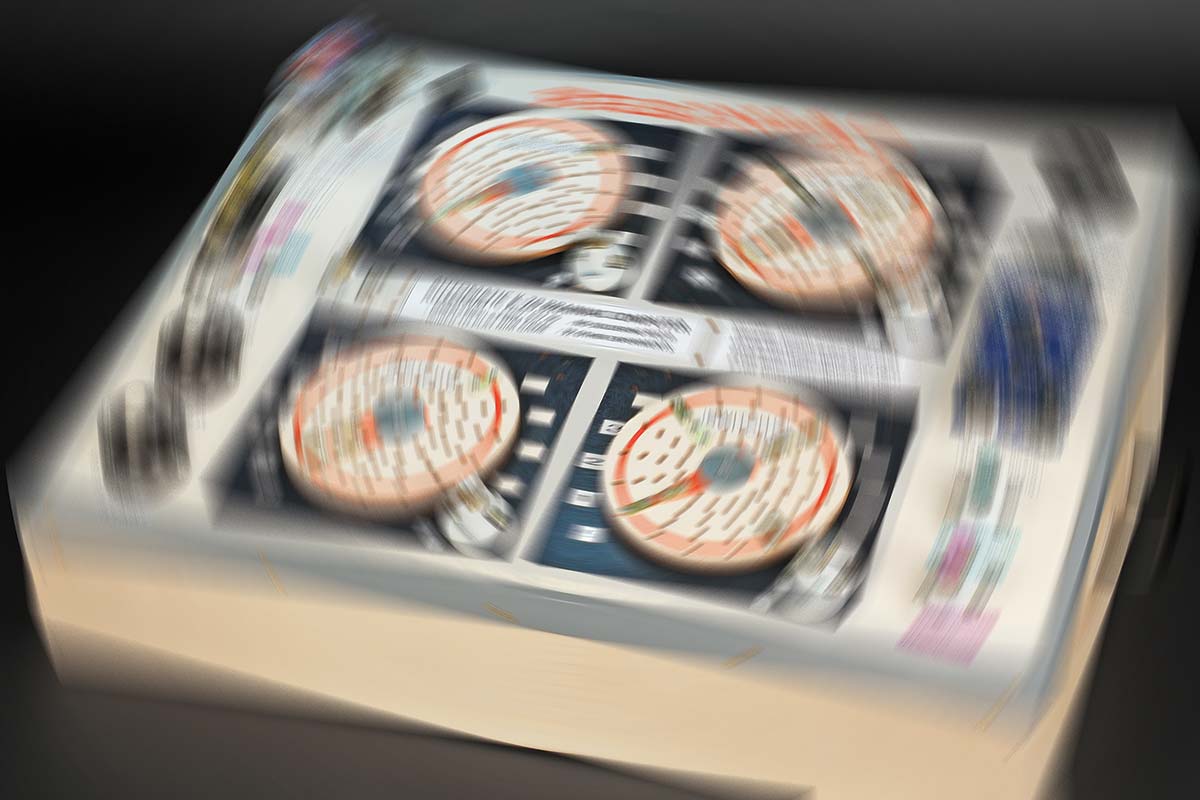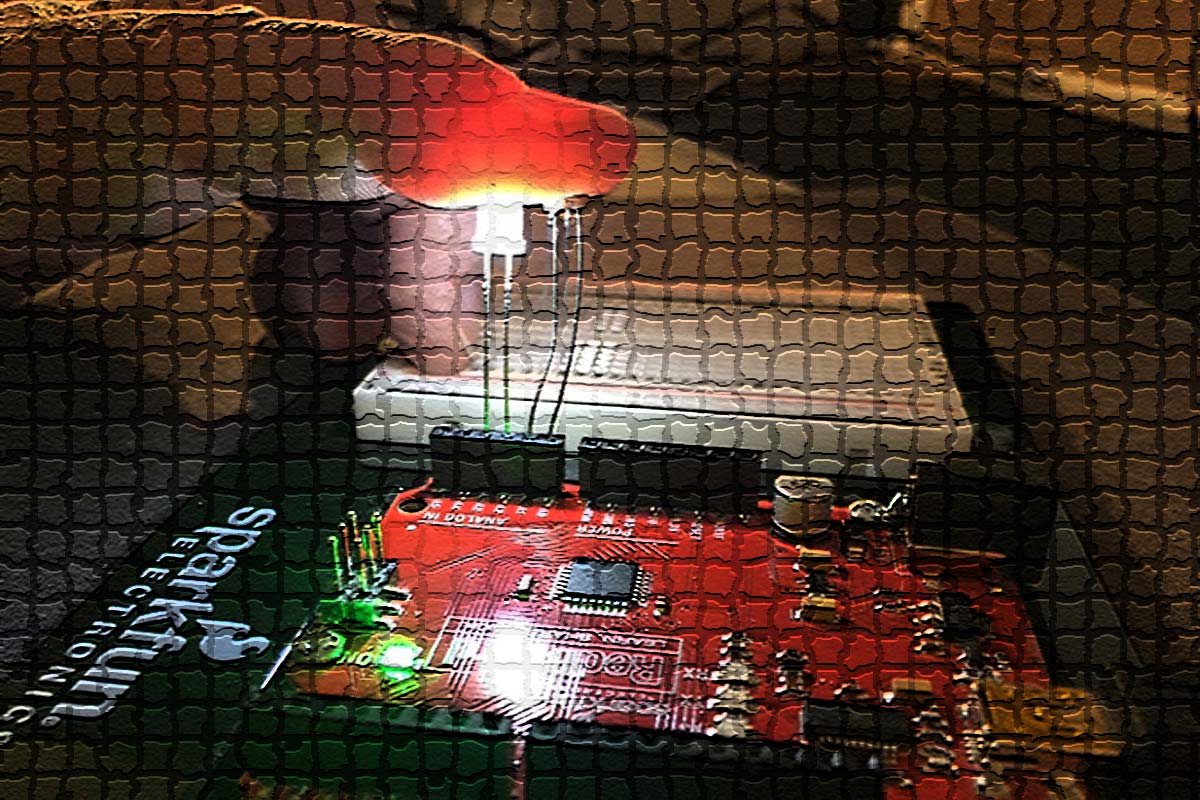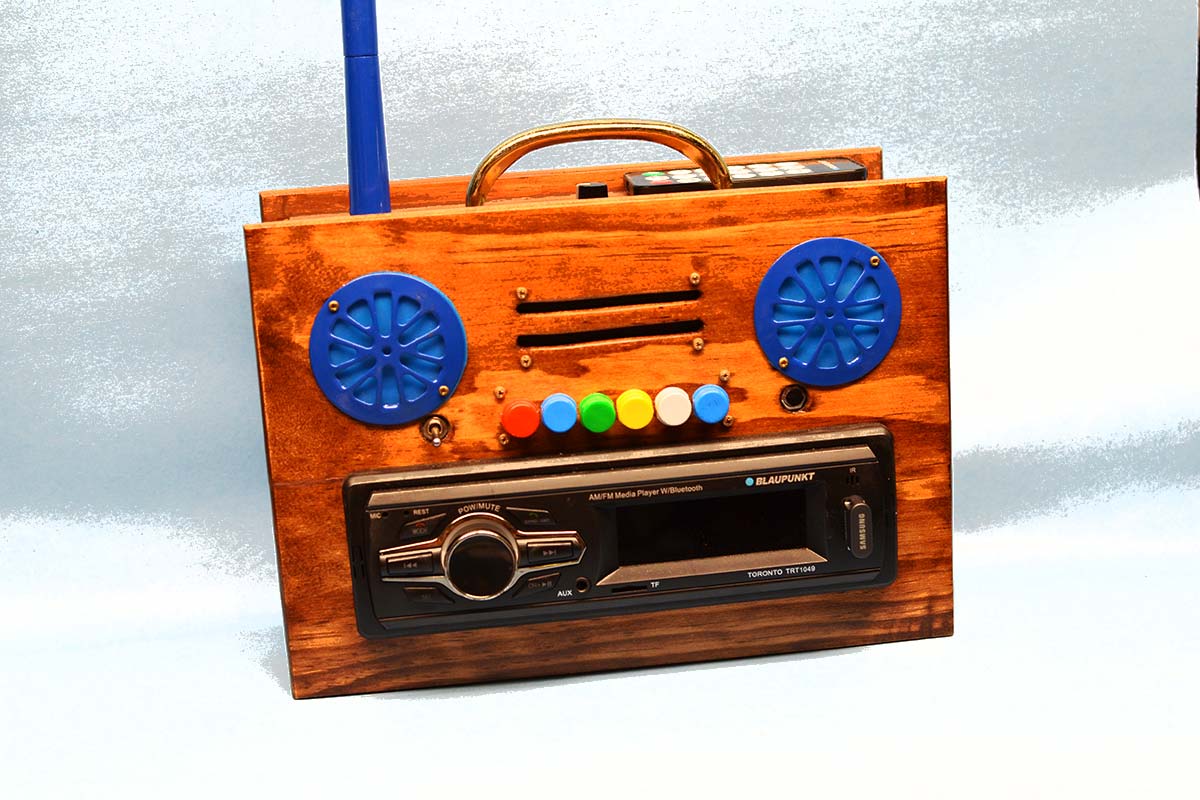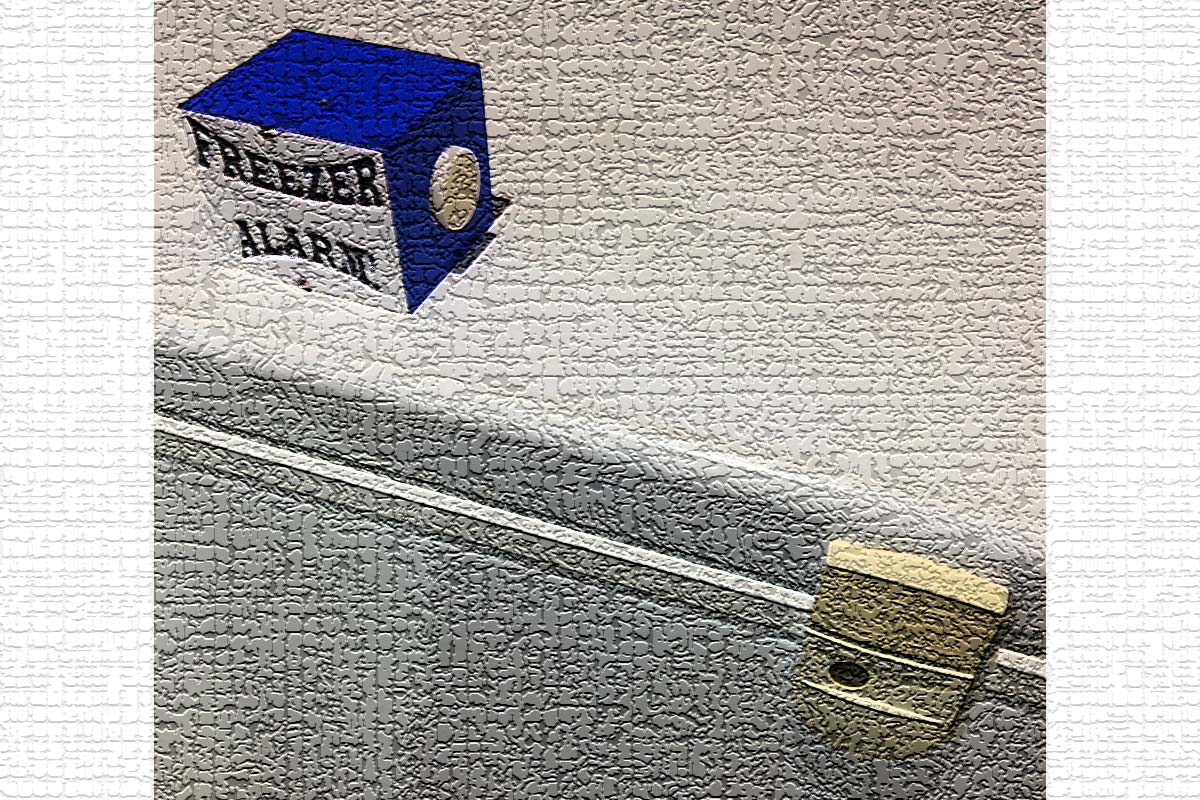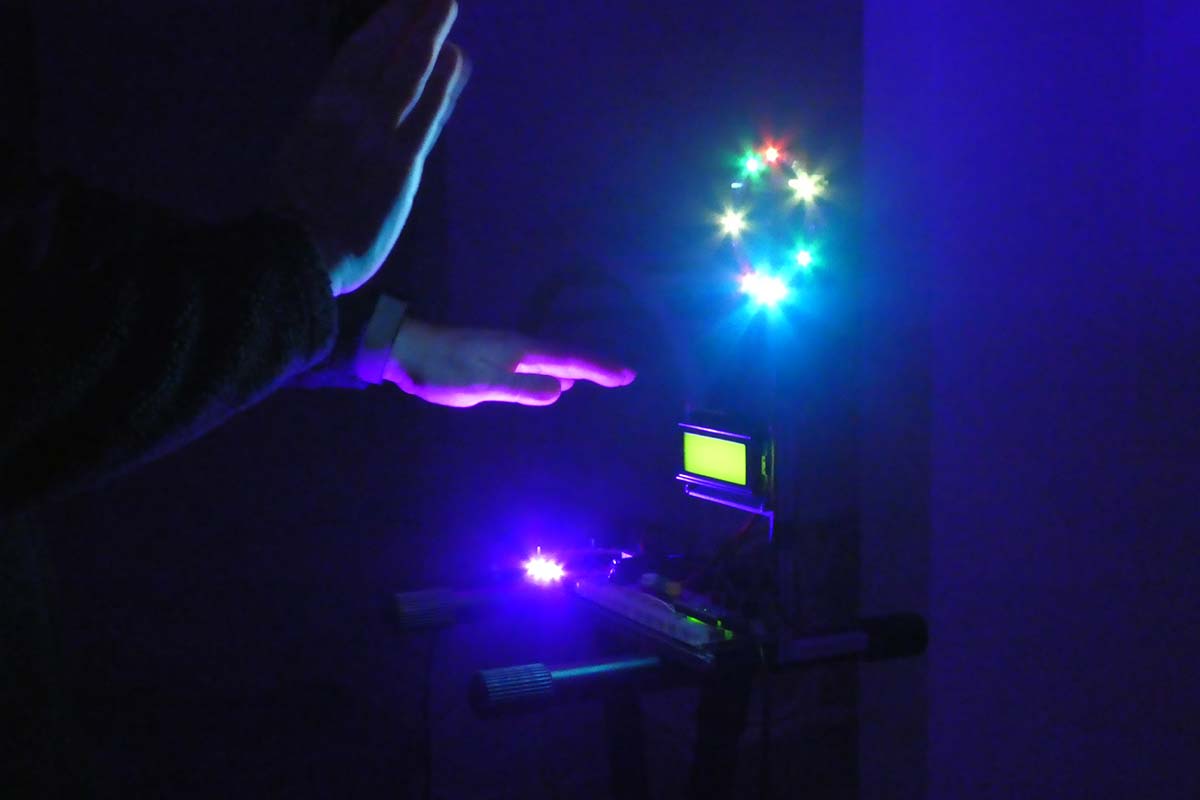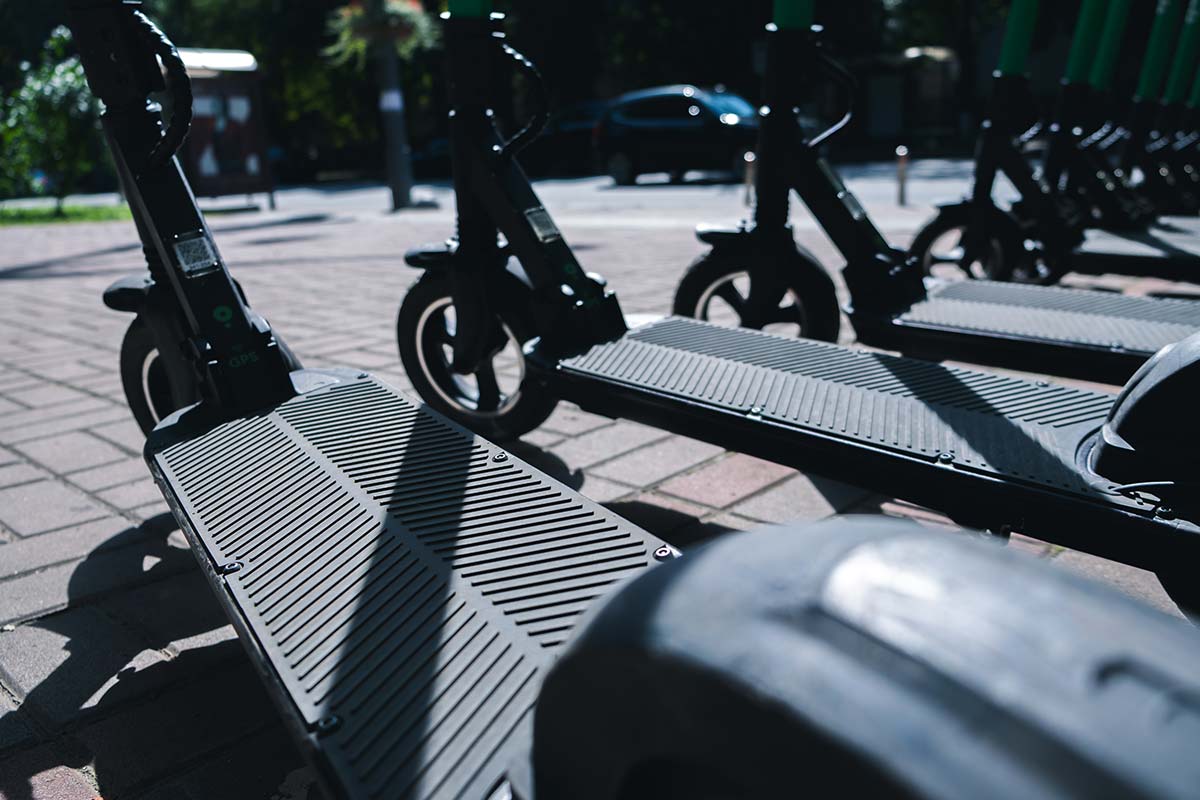One educational trend in the US and globally is an increased emphasis on Science, Technology, Engineering, and Mathematics. STEM education aims to expose children and young adults to the world of technology with the hope they will become the next generation of much needed scientists, engineers, and mathematicians. As with all educational initiatives, the success rates are greatly amplified with the addition of an at-home educational component. As a reader of this magazine, you are likely qualified to take on this role, helping expose youth to the many exciting aspects of STEM. This project gives one example of how you might contribute.

